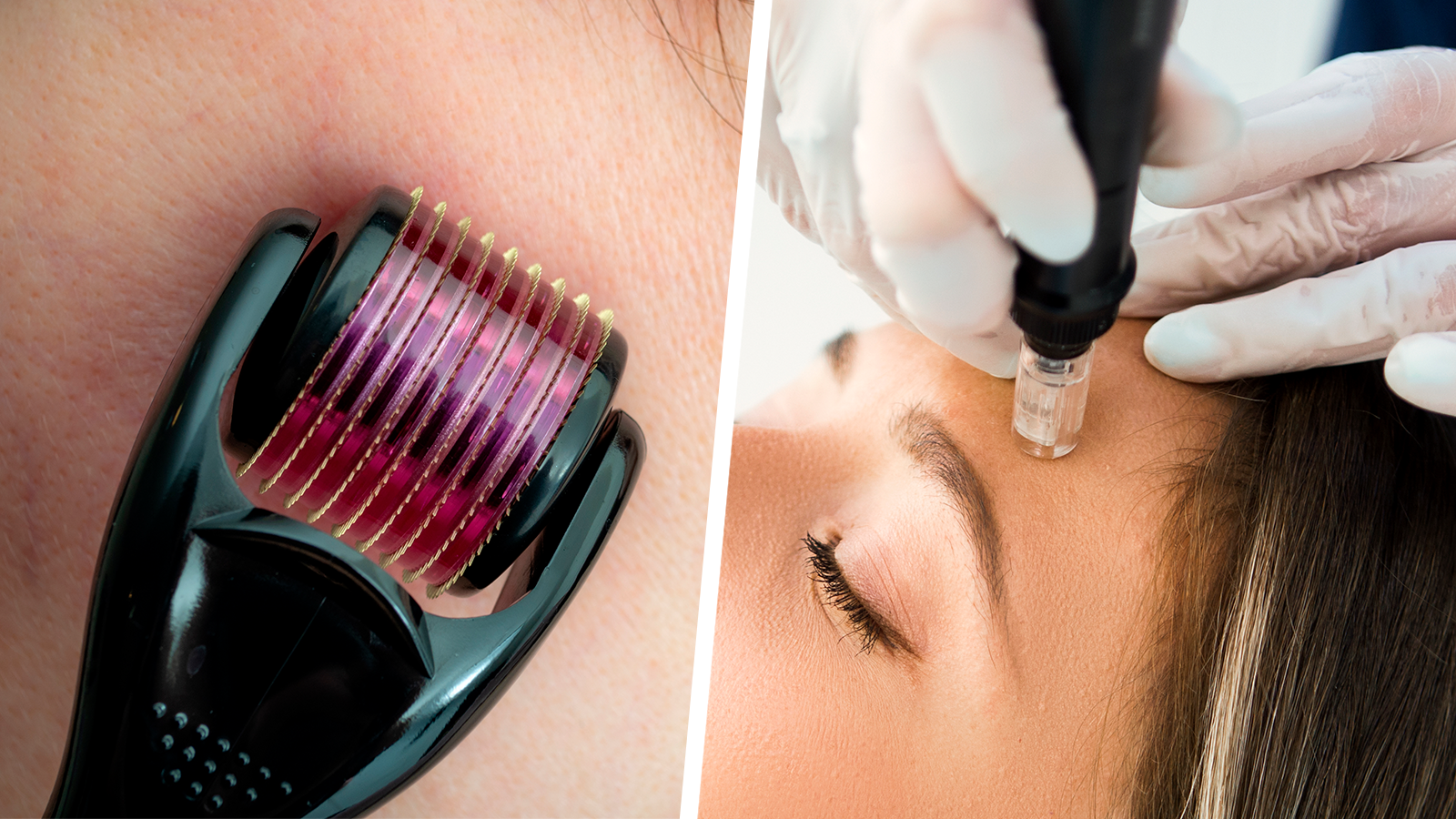
Image

“FDA approved!”
Maybe you saw those words on a company’s website, or in a commercial promoting a new product or treatment. Some marketers may say their products are “FDA approved,” but how can you know for sure what the U.S. Food and Drug Administration approves?
FDA is responsible for protecting public health by regulating human drugs and biologics, animal drugs, medical devices, tobacco products, food (including animal food), cosmetics, and electronic products that emit radiation.
But not all those products undergo premarket approval — that is, a review of safety and effectiveness by FDA experts and agency approval before a product can be marketed. In some cases, FDA’s enforcement efforts focus on products after they are already for sale. That is determined by Congress in establishing FDA’s authorities. Even when FDA approval is not required before a product is sold, the agency has regulatory authority to act when safety issues arise.
Here is a guide to how FDA regulates products — and what the agency does (and doesn’t) approve.
FDA doesn’t approve companies.
FDA does not “approve” health care facilities, laboratories, or manufacturers. FDA does have authority to inspect regulated facilities to verify that they comply with applicable good manufacturing practice regulations.
Owners and operators of domestic or foreign food, drug, and most device facilities must register their facilities with FDA, unless an exemption applies. Blood and tissue facilities also must register with the agency.
Mammography facilities must be FDA certified and must display their FDA certificates where patients can see them. The certificate indicates that the facilities have met stringent standards for providing quality mammography.
FDA approves new drugs and biologics.
New drugs and certain biologics must be proven safe and effective to FDA’s satisfaction before companies can market them in interstate commerce. Some examples of biologics that require approval are therapeutic proteins, vaccines, cellular therapies, and blood and blood products. Manufacturers must also prove they are able to make the drug product according to federal quality standards.
FDA does not develop or test products before approving them. Instead, FDA experts review the results of laboratory, animal, and human clinical testing done by manufacturers. If FDA grants an approval, it means the agency has determined that the benefits of the product outweigh the known risks for the intended use.
See the directory of approved and unapproved finished drugs on the market.
FDA doesn’t approve compounded drugs.
Compounding is generally a practice in which a pharmacist or a doctor combines ingredients to create medications that meet the needs of individual patients, including those who are allergic to ingredients in FDA-approved medicines or who cannot swallow an FDA-approved pill. But consumers need to be aware that compounded drugs are not FDA approved. This means that FDA does not review applications for compounded drugs to evaluate their safety, effectiveness, or quality.
FDA uses a risk-based, tiered approach for regulating medical devices.
FDA classifies devices according to risk. The highest-risk devices (Class III), such as mechanical heart valves and implantable infusion pumps, generally require FDA approval of a premarket approval application before marketing. To receive FDA approval for these devices, manufacturers must demonstrate with sufficient, valid scientific evidence that there is a reasonable assurance that the devices are safe and effective for their intended uses.
Generally, FDA “clears” moderate-risk medical devices (Class II) (for example dialysis equipment and many types of catheters) for marketing once it has been demonstrated that the device is substantially equivalent to a legally marketed predicate device that does not require premarket approval.
Devices that present a low risk of harm to the user (Class I) (for example non-powered breast pumps, elastic bandages, tongue depressors, and exam gloves) are subject to general controls only, and most are exempt from premarket notification requirements.
FDA uses a risk-based approach for human cells and tissues.
All human cells and tissues intended for use in humans — collectively referred to as human cells, tissues, and cellular and tissue based products — are regulated to prevent the transmission of infectious disease. Those that pose an additional risk also require FDA approval before marketing. Examples of cells and tissues include bone, skin, corneas, ligaments, tendons, dura mater, heart valves, and reproductive tissue.
FDA doesn’t approve tobacco products.
There’s no such thing as a safe tobacco product, so FDA’s safe and effective standard for evaluating medical products is not appropriate for tobacco products. Instead, FDA regulates tobacco products based on a public health standard that considers the product’s risks to the population as a whole.
To legally sell or distribute a new tobacco product in the United States, manufacturers must receive a written order from FDA. There are three pathways are available to bring a tobacco product to market: premarket tobacco applications, substantial equivalence applications, or exemption from substantial equivalence.
A marketing order does not indicate that the tobacco product is either safe or “approved.” It means that the manufacturer has complied with the requirements under the law to bring its product to market.
FDA approves food additives in food for people.
Although FDA does not have premarket approval of food products, it has the authority to approve certain ingredients before they are used in foods. Those include food additives, such as substances added intentionally to food, and color additives.
Companies that want to add new food additives to food are responsible for providing FDA with information demonstrating that the additives are safe. FDA experts review the results of appropriate tests done by companies to ensure that the food additive is safe for its intended use. An approved food additive must be used in compliance with its approved uses, specifications, and restrictions.
Some food additives are food contact substances that could migrate into food, such as coatings, plastics, paper and adhesives, as well as colorants, antimicrobials, and antioxidants found in packaging. They undergo a different review process. The same safety standards still apply, but the food contact notification process is specific to the identified manufacturer or supplier. If at the end of the review period FDA does not object, the food contact notification becomes effective and the food contact substance may be legally marketed.
Certain food ingredients, such as those that are considered “generally recognized as safe” (GRAS) by scientific experts, do not require premarket approval as a food additive. FDA has a voluntary notification process under which a manufacturer may submit a conclusion that the use of an ingredient is GRAS.
FDA approves color additives used in FDA-regulated products.
This includes those used in food (including animal food), dietary supplements, drugs, cosmetics, and some medical devices. These color additives (except coal-tar hair dyes) are subject by law to approval by the agency, and each must be used only in compliance with its approved uses, specifications, and restrictions.
In the approval process, FDA evaluates safety data to ensure that a color additive is safe for its intended purposes.
FDA approves animal drugs and approves food additives for use in food for animals.
FDA is responsible for approving drugs for animals, including pets, livestock, and poultry. (Minor animal species include animals other than cattle, swine, chickens, turkeys, horses, dogs, and cats.)
Although FDA does not approve animal foods, including pet food, for marketing, it does approve food additives used in these products. FDA works to help ensure that food for animals (which includes livestock and poultry food, pet food and pet treats) is safe, made under sanitary conditions, and properly labeled.
The Preventive Controls for Animal Food rule, a new regulation mandated by the FDA Food Safety Modernization Act (FSMA), requires food companies to take steps to prevent foods from being contaminated and to use current good manufacturing practices (such as hygienic personnel practices, adequate sanitation practices, and proper equipment use) when making food for animals.
FDA does not approve cosmetics.
Examples of cosmetics are perfumes, makeup, moisturizers, shampoos, hair dyes, face and body cleansers, and shaving preparations. Cosmetic products and ingredients, and their labeling, do not require FDA approval before they go on the market. There’s one exception: color additives (other than coal-tar hair dyes). Cosmetics must be safe for their intended use and properly labeled.
FDA doesn’t approve medical foods.
A medical food is used for the dietary management of a disease or health condition that requires special nutrient needs. An example of a medical food is a food for use by persons with phenylketonuria, a genetic disorder. A person with this disorder may need medical foods that are formulated to be free of the amino acid phenylalanine. A medical food is intended for use under the supervision of a physician. It doesn’t include products such as meal replacements or diet shakes, or products for the management of diseases like diabetes, which can be managed through modification of the normal diet.
Medical foods do not have to undergo premarket approval by FDA. But medical food companies must comply with other requirements, such as good manufacturing practices and registration of food facilities. Medical foods do not have to include nutrition information on their labels, and any claims in their labeling must be truthful and not misleading.
FDA doesn’t approve infant formula.
FDA does not approve infant formulas before they can be marketed. But manufacturers of infant formula are subject to FDA’s regulatory oversight.
Manufacturers must ensure that infant formula complies with federal nutrient requirements. Manufacturers must register with FDA and provide the agency with a notification before marketing a new formula.
FDA conducts yearly inspections of all facilities that manufacture infant formula and collects and analyzes product samples. FDA also inspects new facilities. If FDA determines that an infant formula presents a risk to human health, the manufacturer of the formula must conduct a recall.
FDA doesn’t approve dietary supplements.
Unlike new drugs, dietary supplements are not reviewed and approved by FDA based on their safety and effectiveness. Unless an exception applies, dietary supplements that contain a new dietary ingredient (a dietary ingredient not marketed in the United States before Oct. 15, 1994) require a notification to FDA at least 75 days before marketing.
The notification must include the information that provides the manufacturer’s or distributor’s basis for concluding that the dietary supplement will reasonably be expected to be safe. When public health concerns arise about a dietary supplement after the product is on the market, FDA evaluates the product’s safety through research and adverse event monitoring.
FDA doesn’t approve the food label, including the Nutrition Facts panel.
FDA does not approve individual food labels before food products can be marketed. But FDA regulations require nutrition information to appear on most foods, including dietary supplements. Also, any claims on food products must be truthful and not misleading, and must comply with any regulatory requirements for the type of claim.
Manufacturers must provide the serving size of the food and specified information about the nutrient content of each serving on the “Nutrition Facts” panel of the food label (or on the “Supplement Facts” panel for dietary supplements).
FDA doesn’t approve structure-function claims on dietary supplements and other foods.
Structure-function claims describe the role of a food or food component (such as a nutrient) that is intended to affect the structure or function of the human body. One example is “calcium builds strong bones.”
Dietary supplement companies that make structure-function claims on labels or in labeling must submit a notification to FDA. This notification must be submitted no later than 30 days after first marketing the dietary supplement with the structure-function claim. Also, the notification must include the text of the claim, as well as other information, such as the name and address of the notifier. Structure-function claims on dietary supplements carry a disclaimer stating that the claim has not been reviewed by FDA, and that the product is not intended to diagnose, treat, cure, or prevent any disease.
FDA does not require conventional food manufacturers to notify FDA about their structure-function claims or to carry a disclaimer.
Misuse of FDA’s logo may violate federal law.
FDA’s logo is for official government use only. FDA’s logo should not be used to misrepresent the agency or to suggest that FDA endorses any private organization, product, or service.
These are just some of the many ways FDA is responsible for protecting the public health.
Source: FDA
Technical support by China PR News






